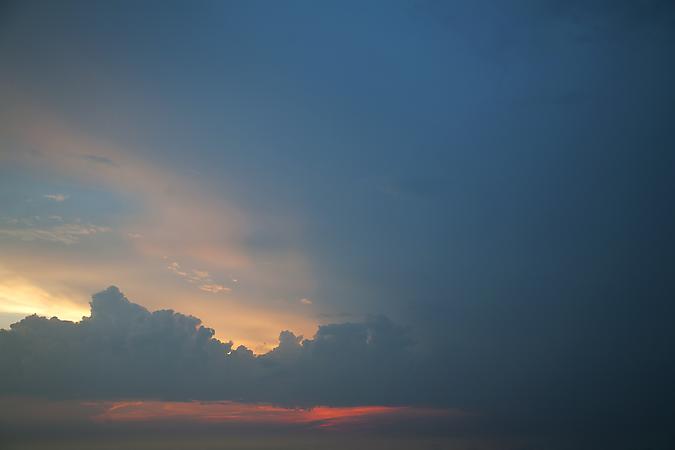I went to Eileen Neff's solo exhibit,
Three or Four Clouds, at
Bridgette Mayer Gallery last week. This was a great show to see as I am thinking about how to exhibit my current project and Neff's work is, in part, concerned with how her photographs are displayed.
Below, three images of
Bird and Tree (2012) are installed using different framing methods. Slightly to the left is
Still Life (2012). The gallery's press release states that Neff's exhibit "brings focus to the conflating of her experiences in the studio with those conditions at work in the gallery." I imagine the artist in her studio (on the 29th floor) contemplating how each framing device works with the photograph (possibly trying to choose just one) and being continuously distracted by a bird in her peripheral vision.
Perhaps the lecture I attended the night before influenced my response to Neff's work. In neuro-physiologist Margaret Livingstone's talk at the University of Pennsylvania, "What Art Can Tell Us About the Brain", the importance of peripheral vision in viewing art was demonstrated. Livingstone used the Mona Lisa's elusive expression as one example, pointing out that when you look at her eyes with your central vision she seems to be smiling more in your peripheral vision. When you switch your attention to her mouth the smile diminishes.
 |
| Blue I ©2012 Eileen Neff |
When looking at Neff's
Blue I and
Blue II, two large C-prints mounted on Plexi (51 x 76.5"), I was reminded of Livingstone's exercise in which she asked her audience to notice how a patch of purple disappeared in the upper left hand corner as we focused our gaze on a + in the lower right hand corner. Livingstone stated, "when we focus on one area, the other areas fade and shift back when you look in a new place. Science calls this optical, Rothko called it mystical."
Blue I and Blue II were placed at the base of two walls five feet or so across from each other, so the viewer was unable to step back and have the entire image in view - spacing reminiscent of Rothko's desired vantage point for his paintings.
Neff's work is clean, professional and playful. There are often photographs within photographs.
 |
| After Luigi ©2012 Eileen Neff |
In
Here and There, trompe l'oeil is in play. At first glance, the viewer thinks there is an alcove in the gallery's wall. Here Neff has photographed items from her studio in her studio, some of which are part of the exhibit. This includes a red dot sticker used in galleries to mark a sale but used by Neff to track the movement of the sun across her studio wall.
 |
| Here and There ©2012 Eileen Neff |
Cloud Postcards may be my favorite from the exhibit. It was incredibly difficult not to pick up one of these cards. The retail postcard set up, made for shoppers to pickup and handle the merchandise, does not operate the same in a gallery. Permissions have changed. It reminded me of discussions during the last residency about my memorial cards. Viewers were unsure about picking up the cards until they were labeled with a "Suggested Donation" sign.
A catalog for
Three or Four Clouds with an essay written by Helen Westgeest will be available through Bridgette Mayer Gallery at the end of November. If you call 215 413 8893 and leave your email address they will notify you when it is available.
Here's a link to Margaret Livingstone's book
Vision and Art: The Biology of Seeing.
 |
Cloud Postcards ©2012 Eileen Neff
|

















































